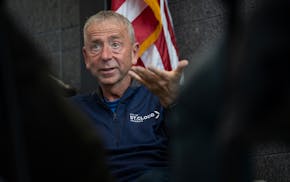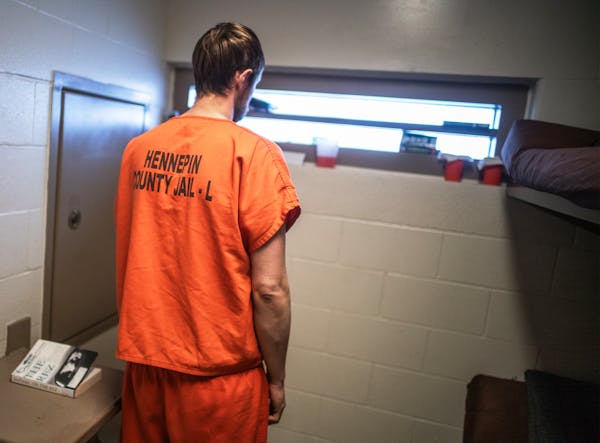You can learn a lot about the Troubled Asset Relief Program on the U.S. Treasury Department website. Noticeably absent, however, are details about how the rescue money is being used. You may recall that transparency got lost in the multibillion-dollar rush to save the economy last fall.
Last week, two watchdogs said the federal government overpaid by about $78 billion for stock and troubled assets when it launched the TARP program. Both the Congressional Oversight Panel and the new special inspector general for the program also said the government has done a poor job monitoring how banks are using the funds.
With transparency in mind, we decided to explore what the two largest Minnesota-based beneficiaries of TARP -- U.S. Bancorp and TCF Financial Corp. -- were doing with the federal money they received in exchange for stock in the firms.
Here's what we found:
The much larger U.S. Bancorp issued 6.6 million shares of preferred stock and related warrants in return for $6.6 billion from the Treasury. TCF issued 361,172 shares of preferred stock and additional warrants for $361.2 million in taxpayer money. Both Minnesota-based financial companies are making 5 percent quarterly dividend payments to the government, representing a portion of the $1.77 billion in dividends the Treasury expects to collect from participating financial firms by the end of this month.
U.S. Bancorp and TCF are both healthy, well-managed institutions -- the kind Treasury officials believed could quickly put TARP funds to work making loans to worthy borrowers. Have they? In its year-end earnings release, TCF said that after receiving its TARP funds it recorded $490.4 million in new loans and leases and made 762 loan modifications and $117.1 million in home equity loan extensions to help customers avoid foreclosure.
U.S. Bancorp reported average retail loan growth of 17 percent in the fourth quarter over a year earlier, led by home equity lines, student loans and credit card balances. Its commercial lending rose 14.7 percent. Even in a declining economy that led to lower earnings, it was a "really great quarter" for loan growth, said Judy Murphy, U.S. Bancorp's director of investor and public relations.
Is it correct to assume that without TARP the bank would have done less lending in the quarter?
"That's a good question. I guess we'll never really know the answer to that," Murphy said. "We were well-capitalized before we got the TARP."
Murphy said a key reason U.S. Bancorp decided to participate in the program was to boost its lending capacity. "It becomes part of your capital base. To the extent that you have capital, you can make loans, you can invest."
Based solely on fourth-quarter lending, TCF and U.S. Bancorp appear to be solid examples of how the TARP stock purchase program was intended to work. Both are publicly held companies that have made worthwhile efforts to highlight their TARP activity for customers and investors. Both are making loans. But they are just two of the more than 300 banks currently participating in the TARP stock purchase plan.
Under the new administration, the Treasury is taking steps to require more reporting by financial institutions on how TARP funds are being used. And today, Treasury Secretary Timothy Geithner is expected to announce steps to refocus the program and strengthen accountability.
An improved system for tracking TARP funds and analyzing whether the program is generating lending activity across all participating institutions should be near the top of his to-do list.

Kudos to St. Cloud's longtime mayor
Readers Write: Ethnic studies curriculum, public notice laws, student protests


